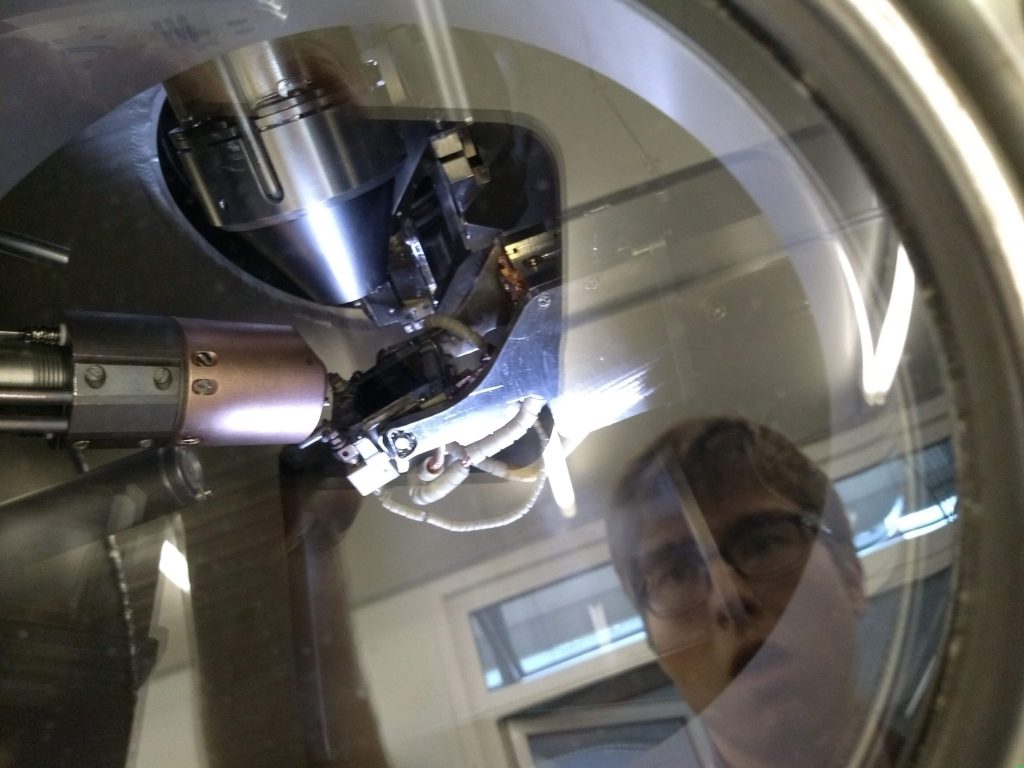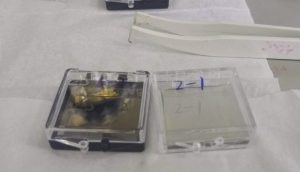Exploring the hidden secrets of materials using spectroscopy

Over 60% of Germans rely on glasses and unsurprisingly, this is not a modern phenomenon. The first eyeglasses were made in Italy in the 13th century and their importance has grown since.
But sometimes, good vision is not sufficient in order to explore the hidden secrets of materials. In the last century, physicists have developed a method called spectroscopy, which is a technique used to analyse light by breaking it up into its component colours and it’s something that I am doing very regularly during the summer student programme at the HZB.
Designing the next generation of solar cells means finding the optimum material that can make them cheaper, more efficient, safer or simply better. One technique that I am currently using is X-ray photoelectron spectroscopy (XPS). In XPS, a material is exposed to a beam of X-rays, which excites electrons from the core levels of the atoms and causes the ejection of photoelectrons. The number of photoelectrons escaping from the top part of the material and their kinetic energy is then measured. This enables us to deduce not only the chemical composition but also the chemical and electronic state of each element in the surface.

In my project, I am currently looking at p-type semiconductors that could be used as a hole transport material (HTM) in a tandem solar cell consisting of a CIGS bottom cell and a perovskite top cell. To fully characterise these HTM layers, I also need to use other spectroscopic techniques in order to find their optical properties or their energy bands. In the end, combining all this information should enable us to find the best option for a tandem solar cell and should provide me with enough work for the remaining five weeks.

*good
Hood Text. Really enjoyed reading it.
Well written, and optimistic…maybe it will take longer than just a summer internship to find the optimal solution for a tandem solar cell…but your contributions counts, that’s for sure.
Hi Max, I have to tell you that I really enjoyed your post. The title attracted my attention and then, you explained your project in a really simple way that I could understand without any knowledge in your field.
Good job and keep working!
Hi Alaaeldin, thanks for your comment. It has not been part of my project so far, but I would think you would expose your sample to different climates or atmospheres (meaning high levels, heat and humidity) that simulate the ‘real world’ but at a much accelerated pace. Hope that helps 🙂
I find your project really interesting but challenging as well. I wonder how can you judge the durability of your material along the lifetime of the solar cell if that is a part of your project?